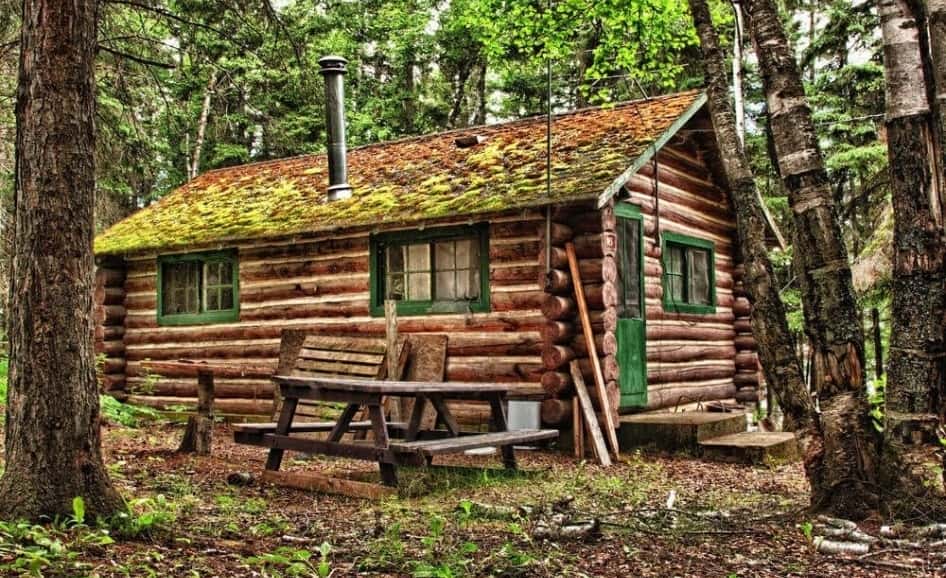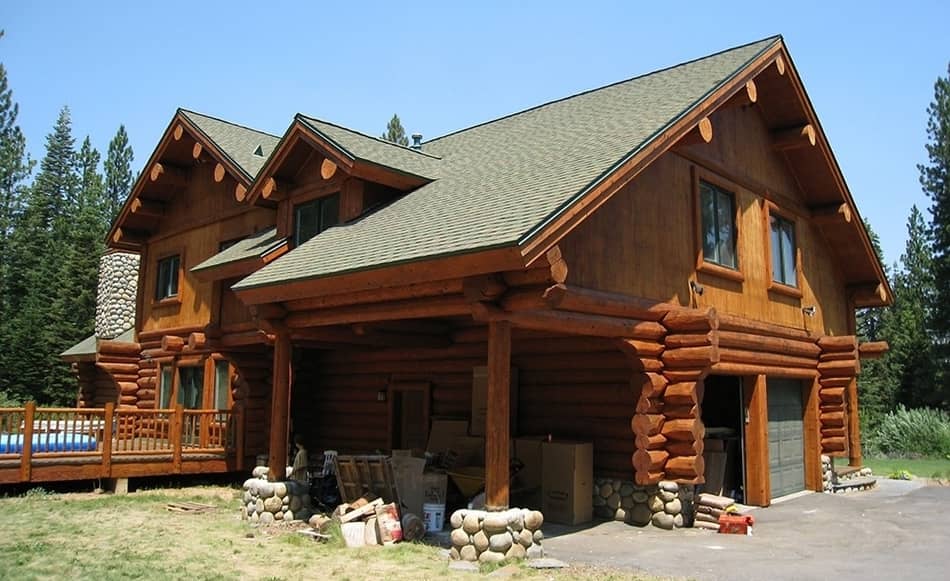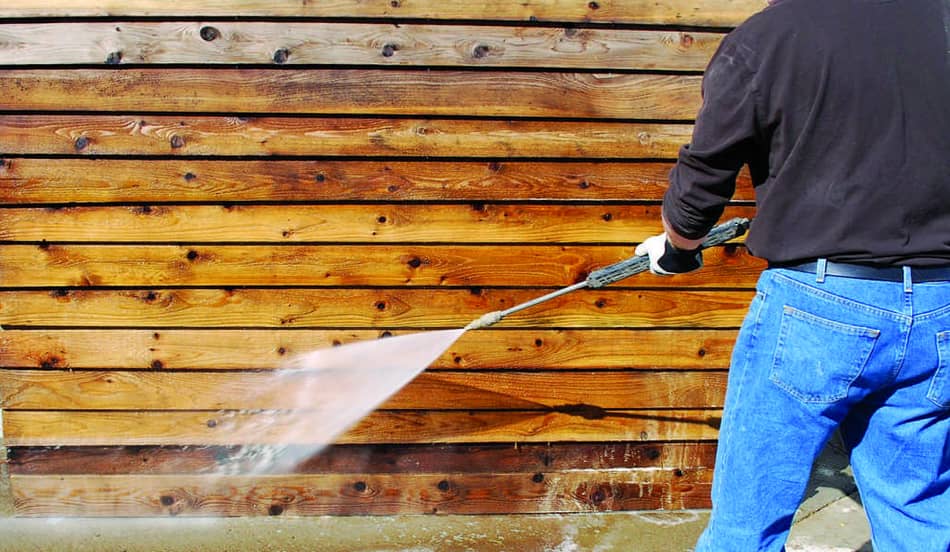Are Log Homes Hard to Maintain?

Taking care of a log home isn’t the same as caring for a regular house. But it’s not as tough as some might think. There are a lot of myths out there about how much work a log home really needs. In this article, we’ll talk about that. So, let’s start!
Are Log Homes Hard to Maintain? Log homes have different maintenance needs compared to traditional houses. With regular check-ups and the right care, they aren’t necessarily harder to maintain. Just like any home, understanding and addressing its specific requirements ensures longevity and lower maintenance costs.
Although log homes require maintenance, it is not as hard as many people think at first. It is recommended to perform maintenance once a year to keep your cabin in the best possible condition. But as more and more myths develop around it, we’ll go through some of the most common ones to give you a better picture.
Table of Contents
Log Home Maintenance Myths

Many have heard stories about log homes falling apart and that fixing one costs a lot of money. However, the main question is, why did log homes get this status in the first place? Mostly, it was because the owners didn’t know how to look after the wood or simply ignored it.
But, if you learn the right way to maintain your home, taking care of a log home won’t take much time, money, or hard work. Here are some log home maintenance myths:
- “They require much more work than regular homes.” While some might feel this about log homes, it’s generally not the case. With proper planning and the expertise of a skilled log home contractor, building a log home can be even quicker than a traditional one, especially with the right materials and design.
- “I’ll face rot problems.” Not necessarily. Problems with rot arise mainly due to bad construction or landscaping decisions, like water splashing onto walls or excessive plant growth against the house. But remember, any house with wooden parts can face rot issues.
- “Pests will ruin my home!” Not true. Just like other homes, there are methods to keep harmful pests like termites and carpenter bees at bay. Log homes aren’t more prone to these issues than any other house type.
- “The logs will crack and break after time.” This shouldn’t be a concern if the log house is well-designed and built on a solid foundation. The cracks in the logs are natural, and the logs themselves are very durable. Big cracks can be sealed during construction, so they won’t be a regular maintenance issue.
- „Stains for log homes are bad for the environment.“ While older stains contained pollutants that affected the air, they’ve since been adjusted to be more eco-friendly. Oil-based stains have gotten a bad rap, but water-mixed petrochemical stains are just as environmentally friendly as the newer vegetable oil-based ones.
- “All log stains are pretty much the same.” This isn’t true. Different stain companies have their unique formulas, each aiming to provide long-lasting protection at a fair price. As a result, there’s a wide range of products in the log home market. It’s wise to research and understand the options and also consult your log home supplier for more information.
- “Living in a dry region means staining isn’t as necessary.” Even in dry areas, staining is crucial. The primary purpose of log home stain isn’t just to keep moisture out but also to shield the wood from the sun’s harmful UV rays. Dry regions often have strong sunlight, which can damage wood. The color of the stain assists in this protection. Features like large eaves and porches can help, but staining remains essential to maintain the logs’ best state.
Related Article: Log Cabin Maintenance Costs: The Complete Guide
Tips For Maintaining the Log Home

The key to good and quality log home care is regular inspection and consistency. While you might not need to address every issue annually, it’s very important to inspect potential problem spots as you would in any typical house. During your inspection, watch out for:
- Stain Care: Think of the stain as a shield for your log home. It keeps the harmful sun and rain away. Every 5-10 years, it’s time to give your home a fresh coat, depending on the kind of stain you use.
- Pests: Just like any house, pests can be a problem. For log homes, pests like termites might pop in, but don’t worry, there are special sprays to chase them away. And if your home is in a dry mountain area, pests won’t bother you much.
- Checking the Chinks: Between each log, there’s a filler called chinking. It should be snug and tight. If you see it peeling or find big cracks in the wood, it’s time to fix it.
- Gutters: Always peek at your gutters. Water won’t flow right if they’re full of leaves or dirt. That can hurt your wood and the gutters, too.
- Wood Watch: If wood gets too wet, it can change shape and even get moldy. If you notice any wood looking puffy or different, it’s important to check it out.
To give a straight answer to “Are Log Homes Hard To Maintain?” – Not really. Sure, there’ll be unique things to check, and you’ll need professionals if something is broken, but overall, owning a log home shouldn’t scare you off.
Related Article: Can You Get Cigarette Smoke Out of Log Cabin?
If you want some tips on log home maintenance, be sure to watch this YouTube video:
Related Article: Log Cabin Tools Required to Build a Log Cabin
FAQ: People Also Ask
What is the downside of log homes?
As the article from Blue Ridge Country magazine mentions, log homes usually need more maintenance than you’d expect. This is because the logs can move and adjust to environmental changes over the years.
How often do you need to refinish a log cabin?
Typically, staining a log home is required every 4 to 6 years. However, how often you need to do it can vary based on weather conditions like rain, sun, hail, wind, and the overall climate.
Final Thoughts
Log homes, like any dwelling, have their unique care needs. While they might require specific maintenance tasks, with regular check-ups, they’re not necessarily more challenging to uphold. It’s essential to educate yourself about their particular requirements.
Keeping a log home in top shape becomes a manageable and rewarding task by staying proactive and seeking expert advice when needed. Log homes can stand the test of time beautifully with a bit of attention and love. I hope that this article has helped you, and if you have any additional questions, feel free to comment below.
